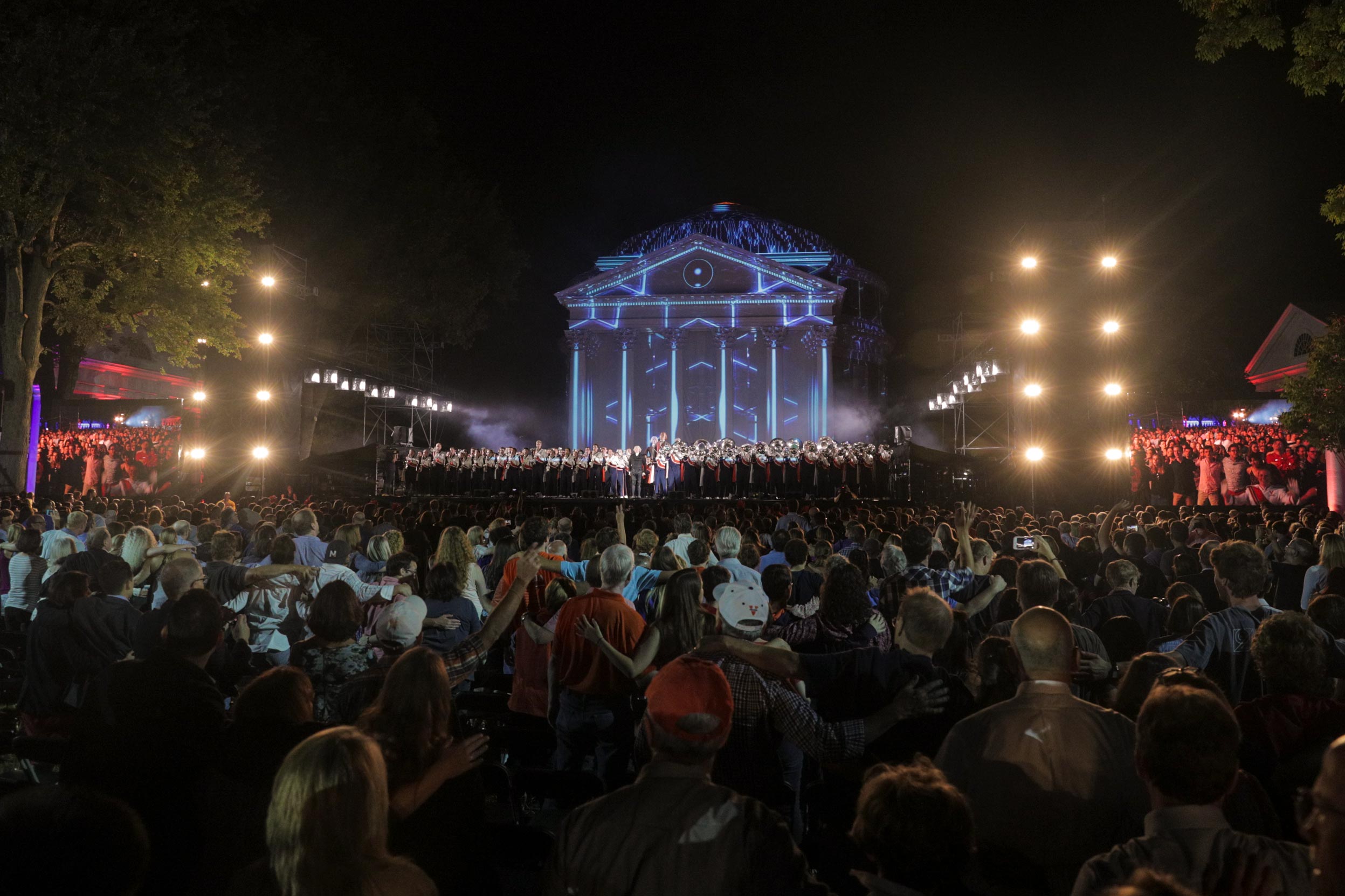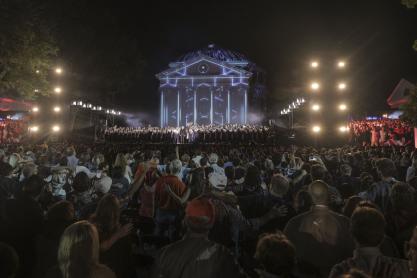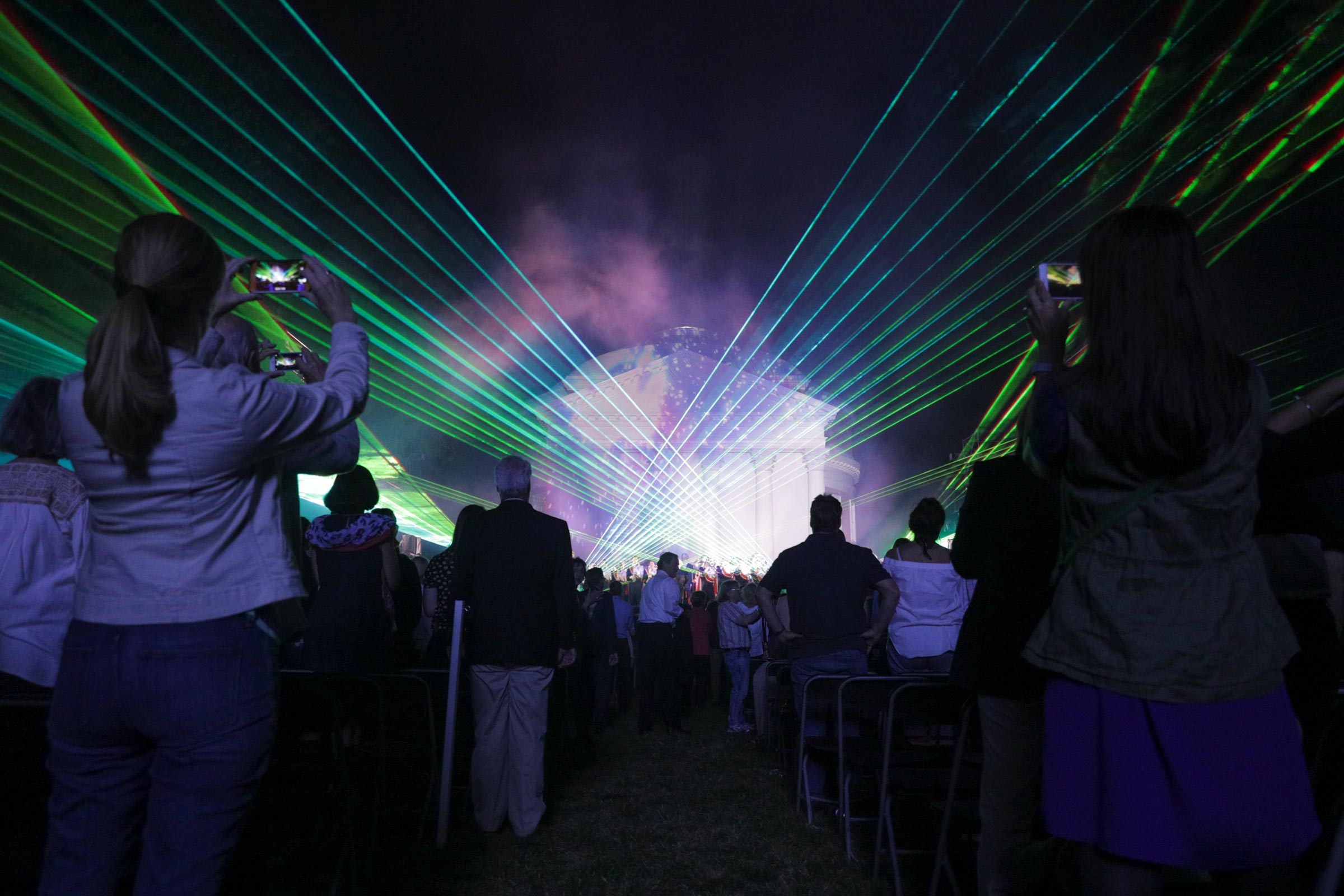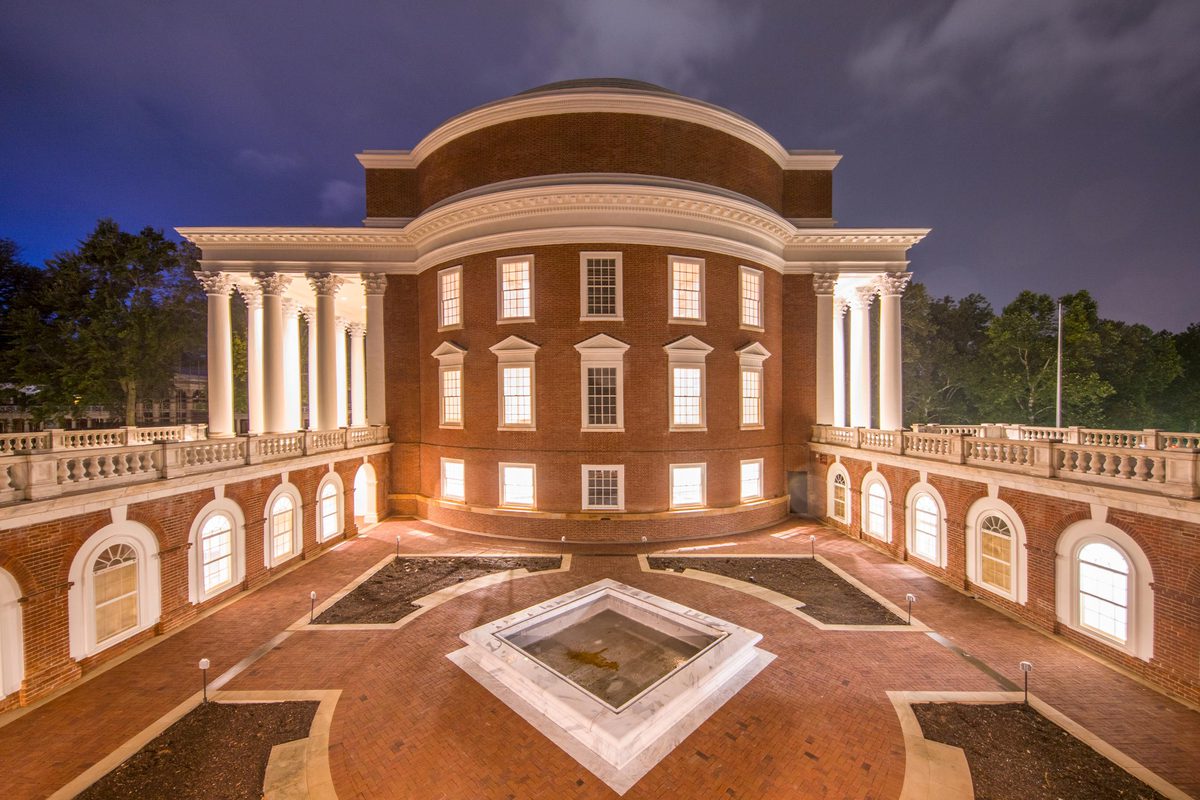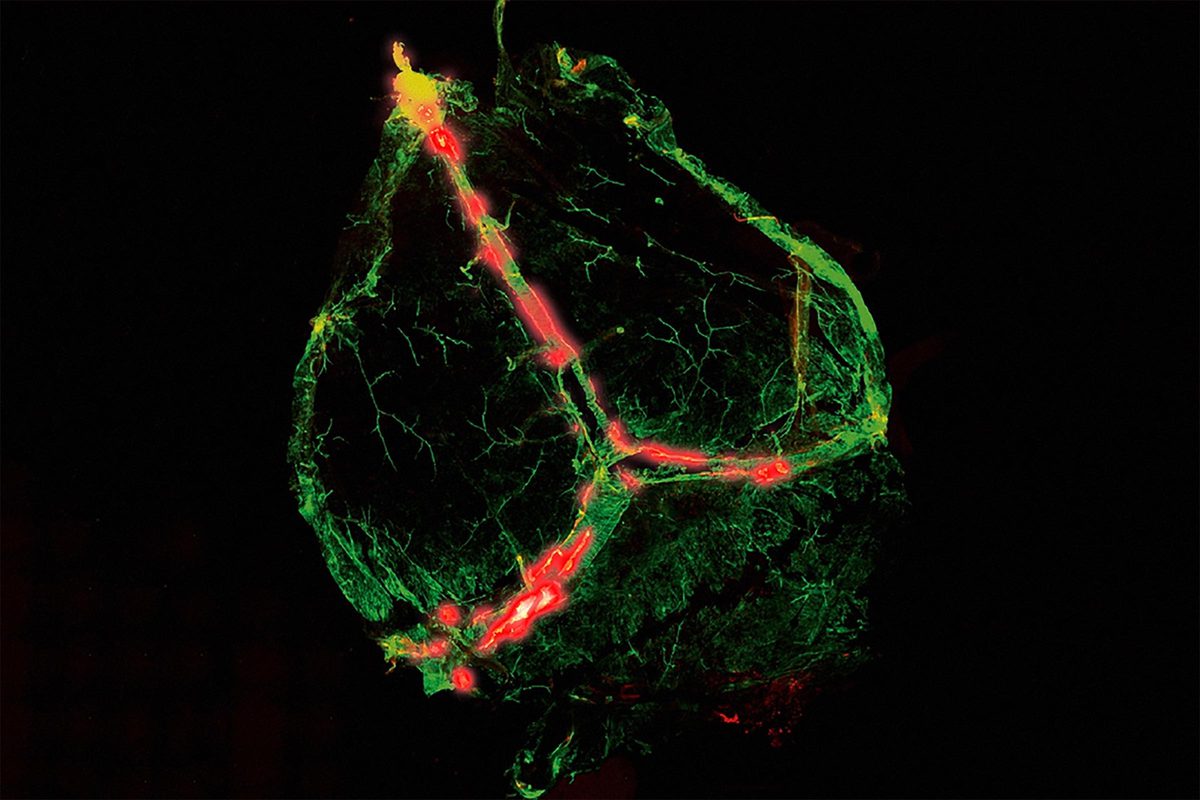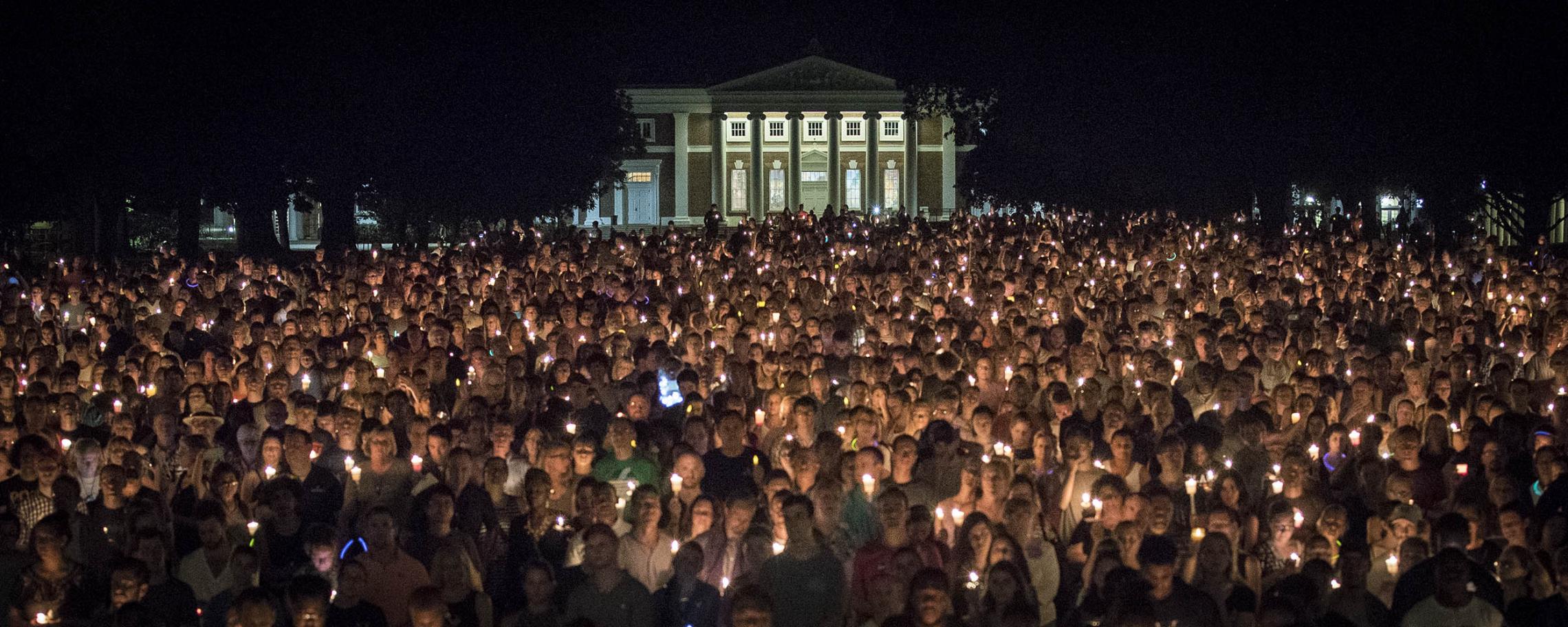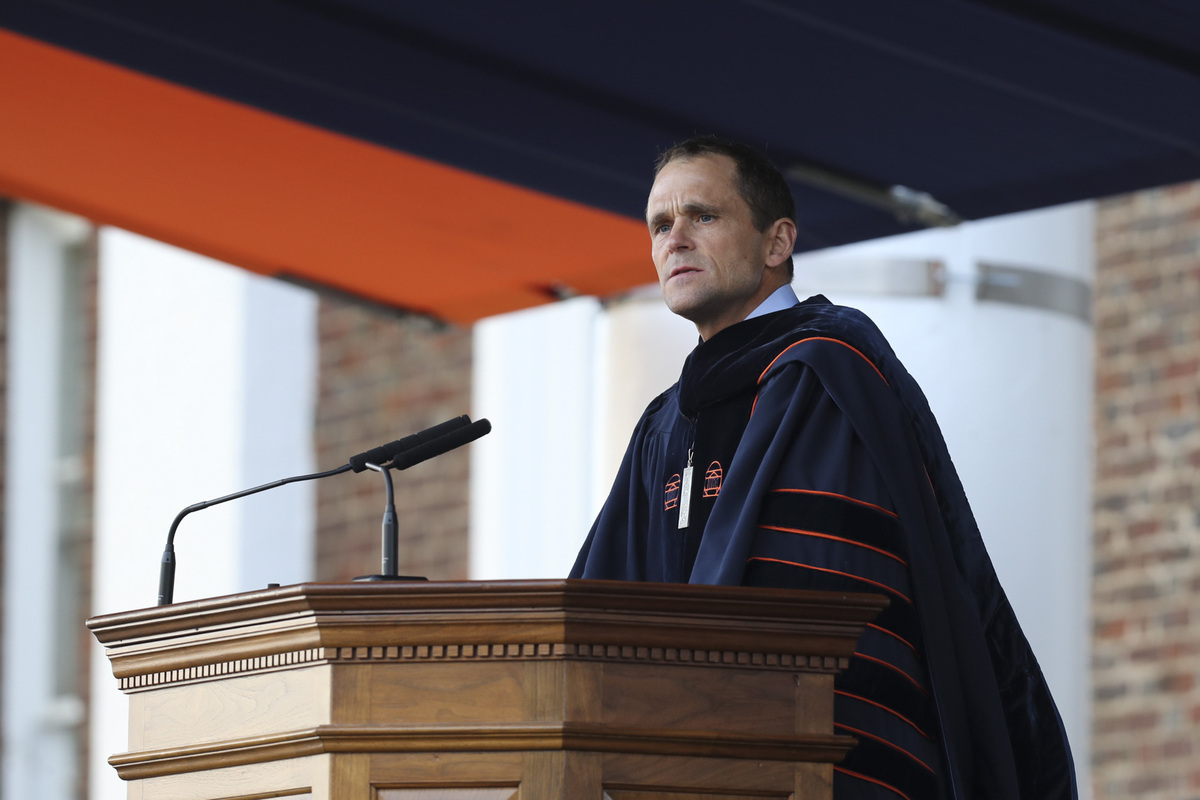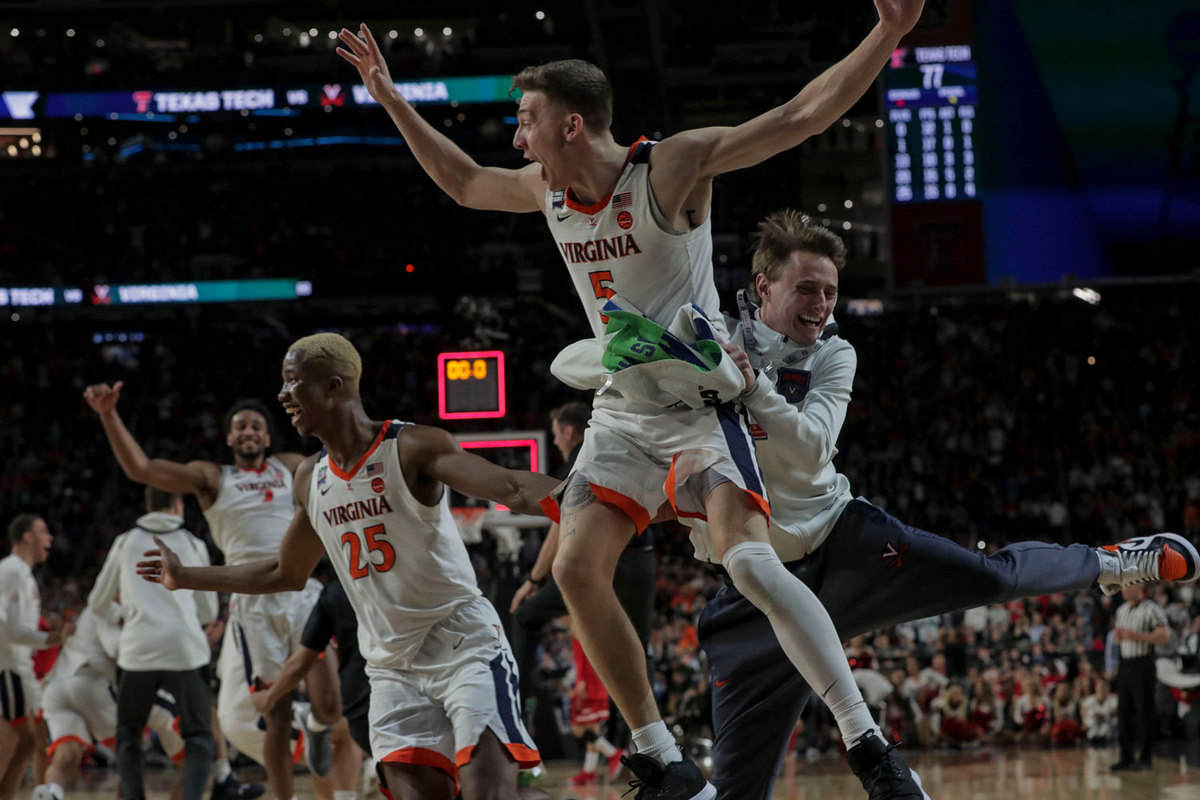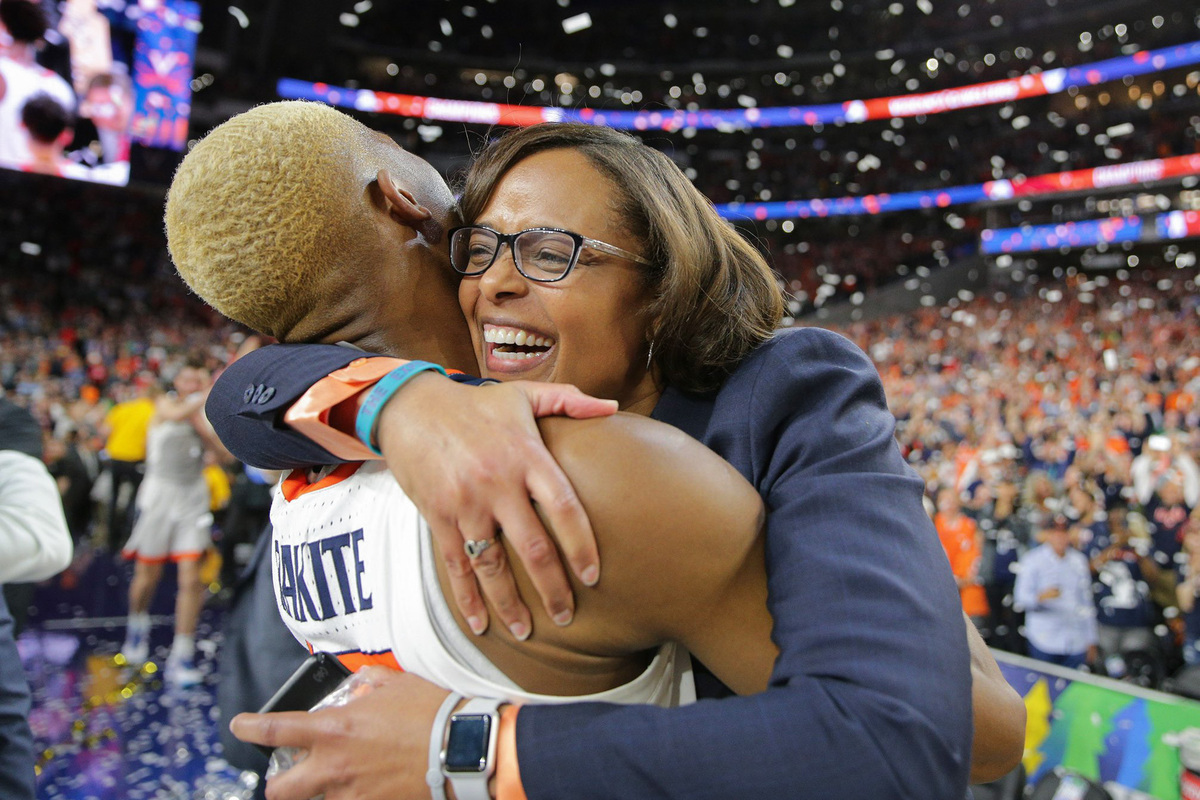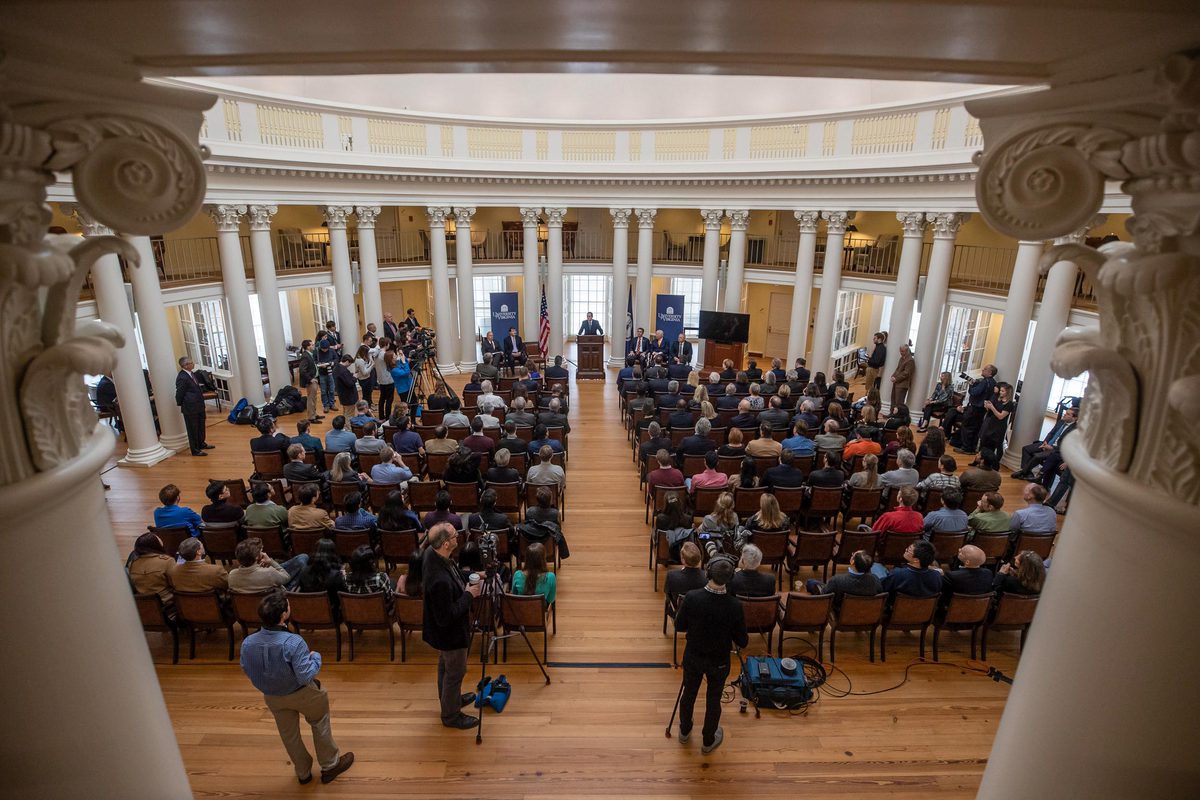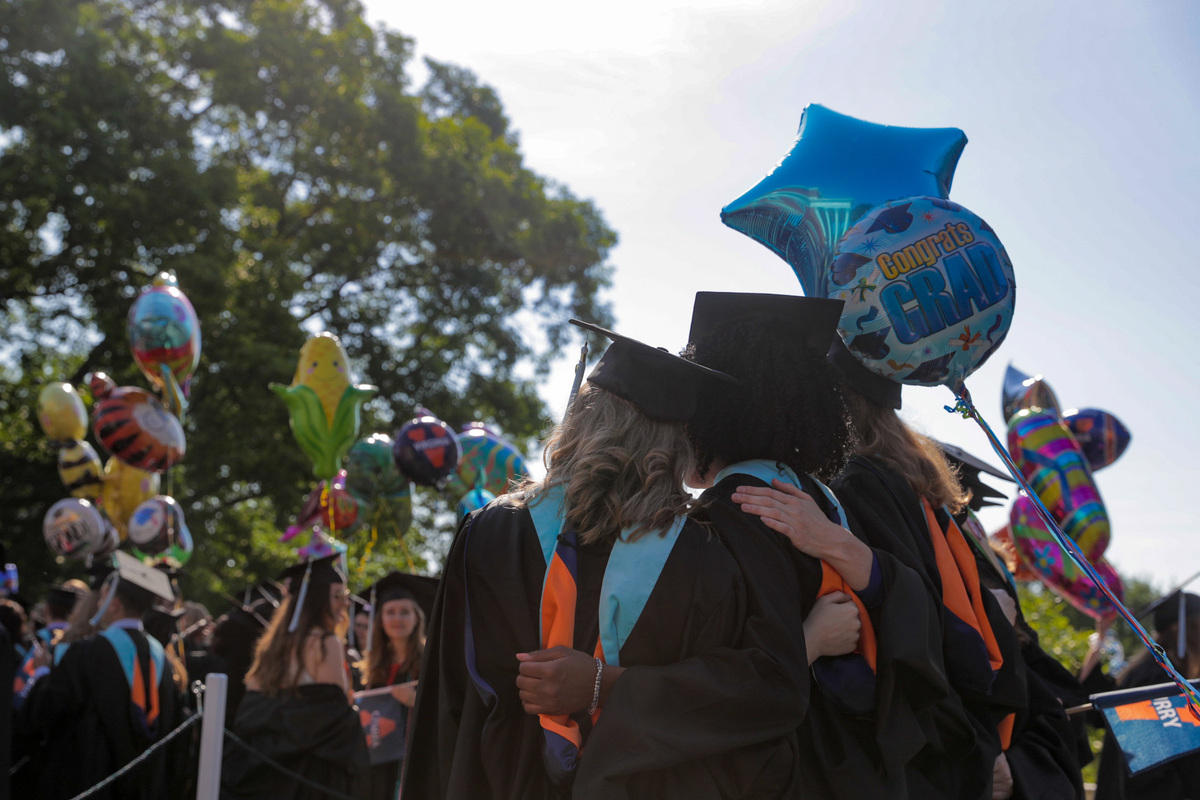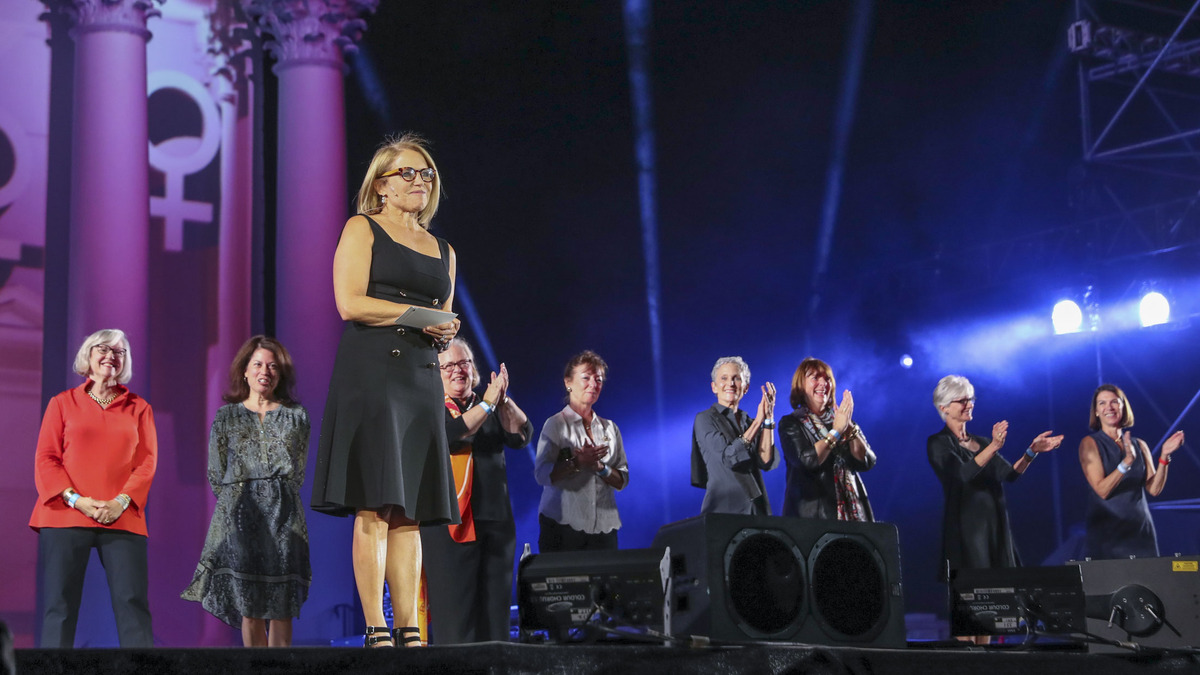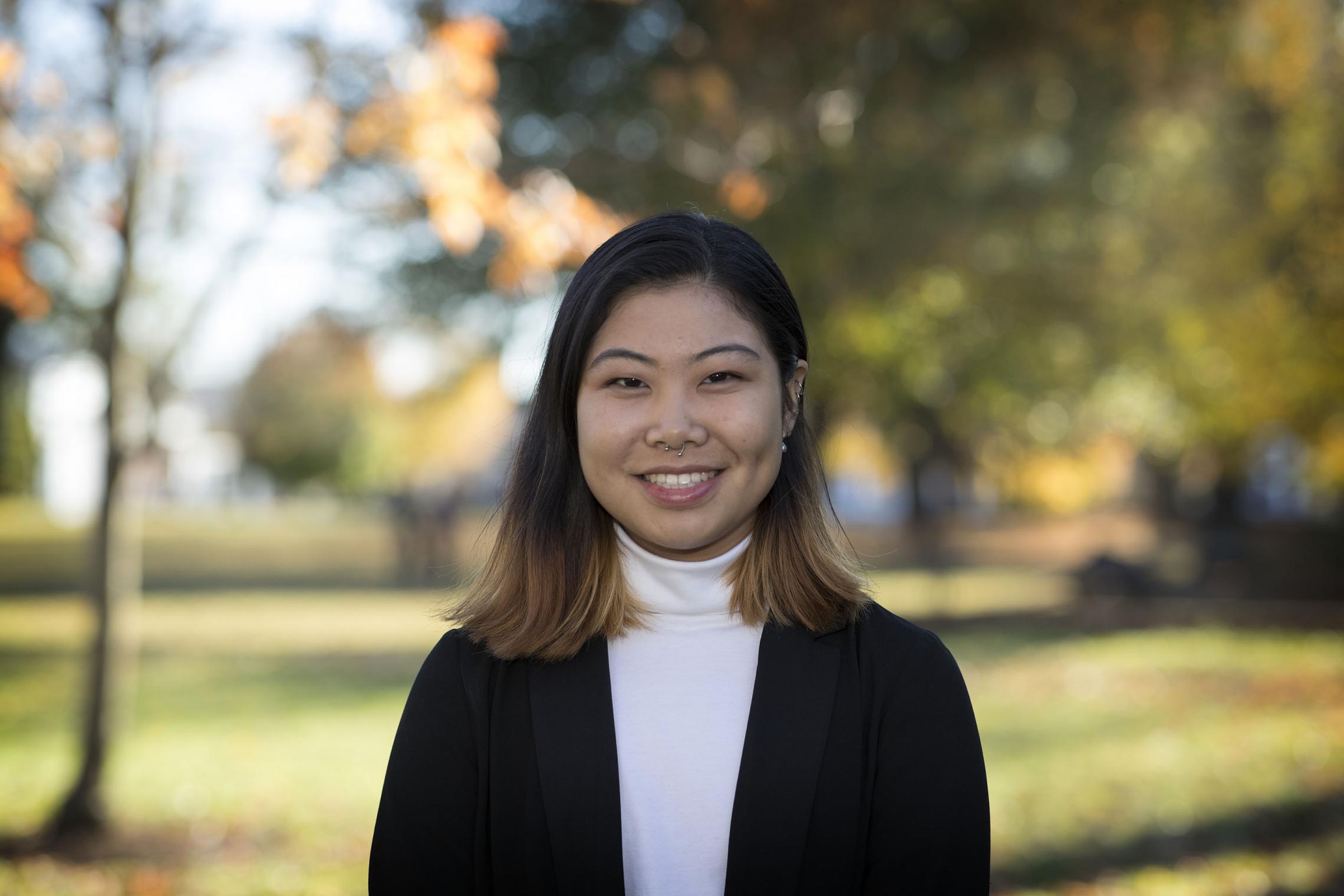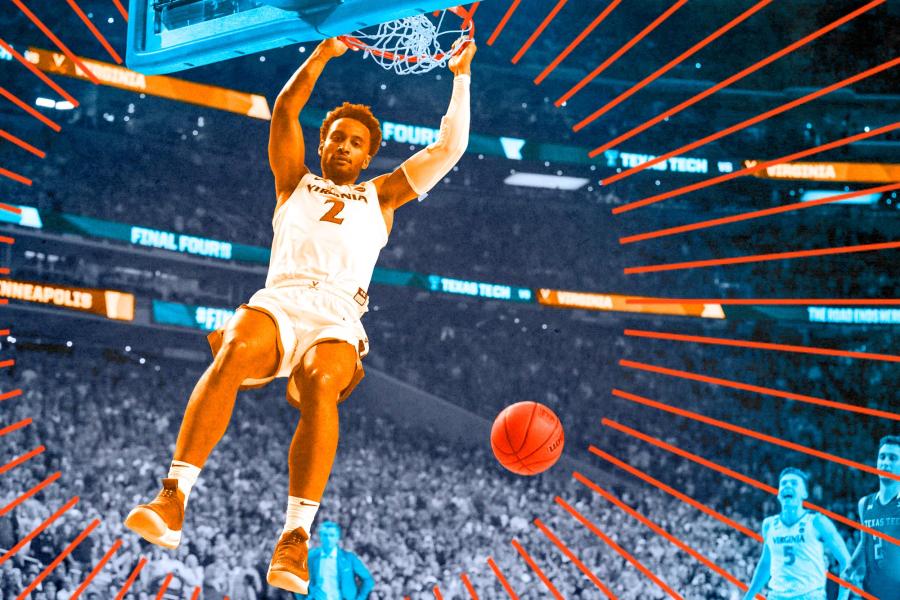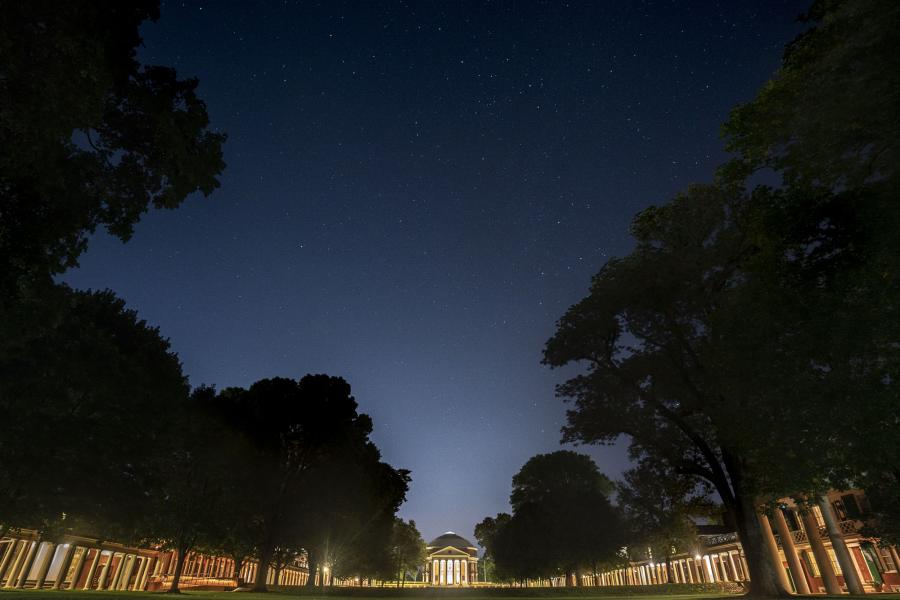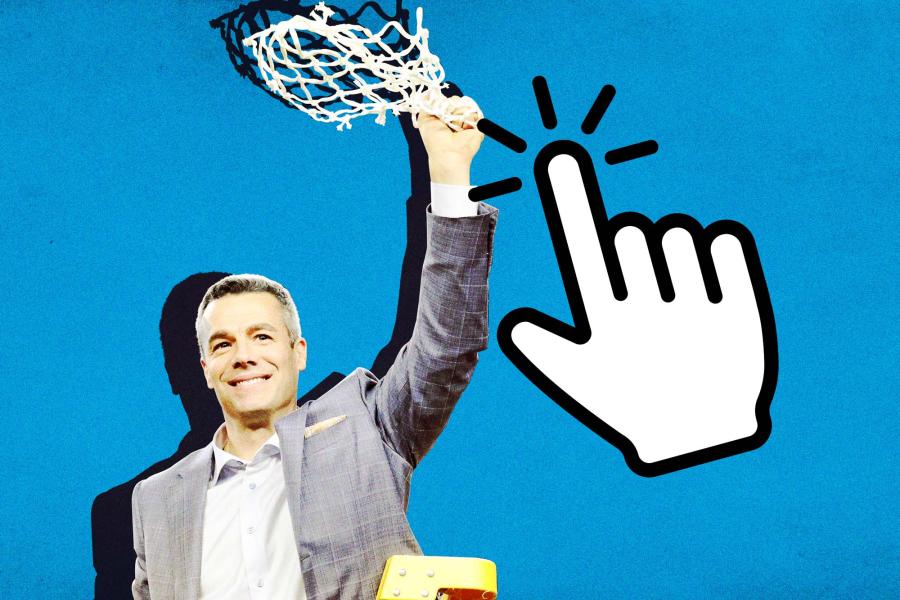In January, UVA announced it would create a School of Data Science, the University’s 12th school and the first since the establishment of the Batten School of Leadership and Public Policy in 2007.
The new school is being created in part by the largest private gift in UVA’s 200-year history, a $120 million gift from the Charlottesville-based Quantitative Foundation, led by Jaffray and Merrill Woodriff, both UVA alumni. It will build on the work of the Data Science Institute, which the Quantitative Foundation also supported.
“The time is right to establish a school which will not only train the finest data scientists in the world, but will also collaborate with schools across the University to evaluate and shape policy with respect to the ethical, privacy and regulatory aspects of data science application,” Jaffray Woodriff said at a ceremony in the Rotunda Dome Room.
Ryan said the new school will position the University as a global leader in efforts to improve society through teaching and research based on the powerful, emerging field of data science, cited as one of the fastest-growing professions in the U.S.
“This is a historic announcement, both because of the gift itself and because of what it means for the future,” Ryan said. “Data has the potential to shape our world in ways we are only now beginning to understand. With this gift, we have an opportunity to establish one of the first schools of data science in the nation – one driven by the discovery of new knowledge and a commitment to the public good.”
After the State Council of Higher Education for Virginia approved the establishment of the school on Sept. 17, UVA Provost Liz Magill appointed Phil Bourne, a professor of biomedical engineering and the head of the former Data Science Institute, as its first dean.
As the school launches this academic year, it will rely on a strong mix of existing faculty and researchers with expertise in systems engineering, education, politics, biomedical data science, digital humanities, finance, ethics, open hardware and civic technology, and business analytics. In coming years, the faculty and fields will be expanded.
Commissions on Slavery and Segregation and the Memorial to Enslaved Laborers
